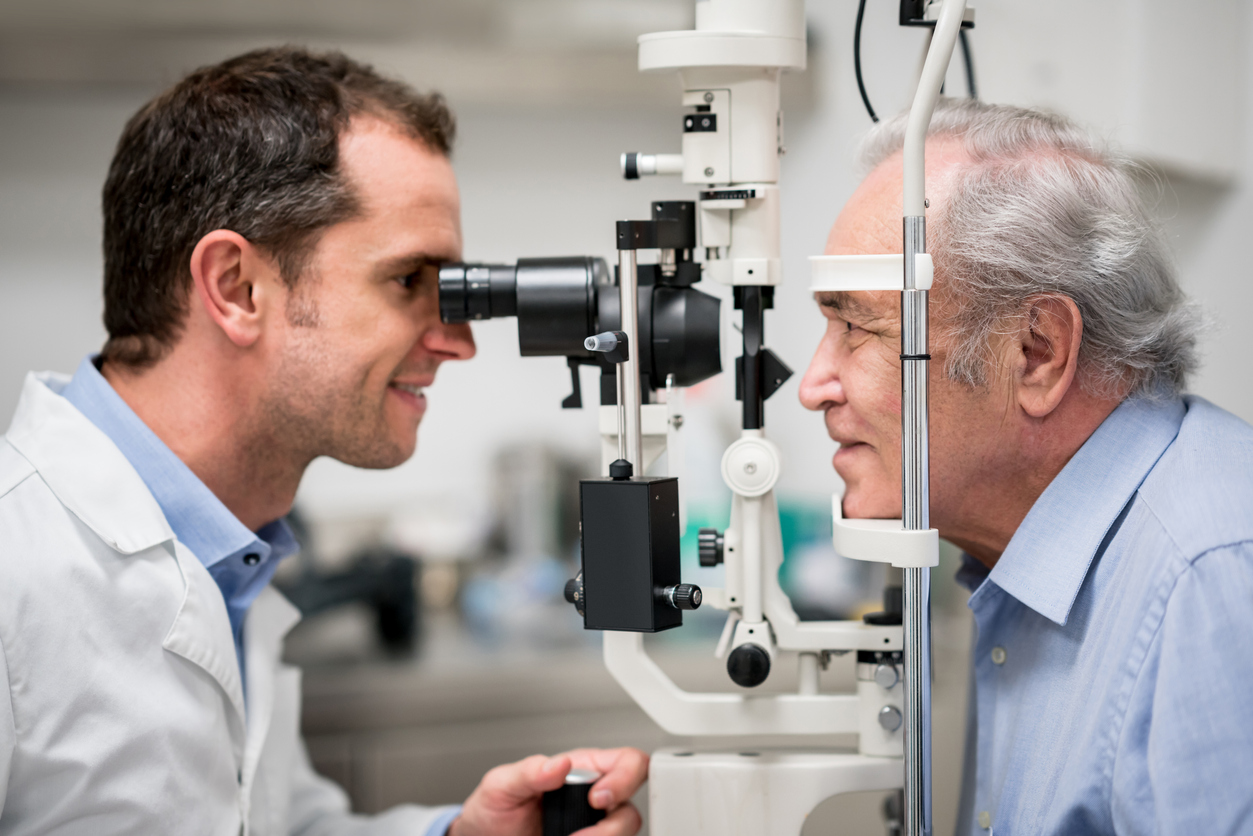Retinoschisis: Symptoms, Causes, Treatment
What are the symptoms of retinoschisis?
Retinoschisis is a condition in which the retina, the light-sensitive tissue at the back of the eye, separates into two layers. This condition can be classified as either juvenile retinoschisis, which typically occurs in young males and is inherited, or acquired retinoschisis, which occurs in older adults and is usually associated with other eye conditions such as aging or certain diseases.
The symptoms of retinoschisis can vary depending on the type and severity of the condition, but they may include:
- Blurred vision: Blurriness, particularly in the central vision, is a common symptom of retinoschisis. This can occur if the separation of the retinal layers affects the ability of the retina to focus light properly.
- Floaters: Floaters are small specks or spots that float in your field of vision. They may appear as dark or transparent dots, lines, or cobweb-like shapes and can be caused by the separation of the retinal layers.
- Decreased visual acuity: As retinoschisis progresses, it can lead to a gradual decrease in visual acuity, making it difficult to see clearly.
- Peripheral vision loss: In some cases, retinoschisis can affect the peripheral (side) vision, leading to a loss of visual field.
- Distorted vision: Straight lines may appear wavy or bent, which is known as metamorphopsia.
- Difficulty with night vision: Some people with retinoschisis may experience difficulty seeing in low-light conditions.
It’s important to note that retinoschisis can be asymptomatic or may cause only mild symptoms in some cases. However, if you experience any changes in your vision, it’s important to see an eye care professional for a comprehensive eye examination and proper diagnosis.
What are the causes of retinoschisis?
Retinoschisis is a condition characterized by the splitting of the retinal layers. There are two main types of retinoschisis: juvenile retinoschisis, which typically occurs in young males and is inherited, and acquired retinoschisis, which occurs in older adults and is usually associated with other eye conditions or diseases.
- Juvenile retinoschisis: This type of retinoschisis is caused by a genetic mutation that affects the structure and function of the retina. It is inherited in an X-linked recessive pattern, which means that the gene mutation is located on the X chromosome. Males are more commonly affected because they have only one X chromosome, while females have two X chromosomes and are more likely to be carriers of the gene mutation.
- Acquired retinoschisis: Acquired retinoschisis is more common in older adults and is often associated with aging changes in the retina. It can also be associated with other eye conditions or diseases, such as high myopia (severe nearsightedness), retinal detachment, or certain vascular diseases that affect the retina.
In both types of retinoschisis, the splitting of the retinal layers can lead to the formation of cyst-like spaces within the retina, which can cause visual symptoms such as blurred vision, floaters, and distortion. The exact cause of the splitting of the retinal layers is not fully understood, but it is thought to be related to abnormalities in the structure of the retina or changes in the vitreous (the gel-like substance that fills the inside of the eye).
Treatment for retinoschisis depends on the type and severity of the condition. Juvenile retinoschisis may require monitoring and, in some cases, treatment to prevent complications such as retinal detachment. Acquired retinoschisis may not require treatment unless it is causing significant visual symptoms or is associated with other eye conditions that require treatment. Regular eye examinations are important for monitoring the condition and ensuring early detection of any complications.
What is the treatment for retinoschisis?
The treatment for retinoschisis depends on the type and severity of the condition, as well as the presence of any associated complications. In many cases, especially with mild or asymptomatic retinoschisis, no treatment may be necessary, and the condition can be monitored over time. However, if retinoschisis is causing vision problems or is associated with other eye conditions, treatment options may include:
- Observation: In cases where retinoschisis is stable and not causing vision problems, regular monitoring by an eye care professional may be all that is needed.
- Surgery: Surgery may be considered if retinoschisis is causing complications such as retinal detachment or if there is a risk of vision loss. Surgical options may include vitrectomy (removal of the vitreous gel) or retinal reattachment surgery.
- Laser photocoagulation: Laser treatment may be used to seal off abnormal blood vessels or to treat areas of retinoschisis that are at risk of progressing to retinal detachment.
- Intravitreal injections: In some cases, medications may be injected into the vitreous cavity of the eye to reduce swelling or to treat abnormal blood vessel growth.
- Scleral buckling: This surgical procedure involves placing a silicone band around the outside of the eye to provide support to the retina and reduce the risk of retinal detachment.
- Regular eye exams: Regular monitoring by an eye care professional is important to detect any changes in the retina and to ensure that treatment is provided promptly if needed.
The choice of treatment for retinoschisis depends on various factors, including the type and severity of the condition, the presence of other eye conditions, and the individual’s overall health and preferences. It’s important for individuals with retinoschisis to work closely with an eye care professional to develop a personalized treatment plan.




